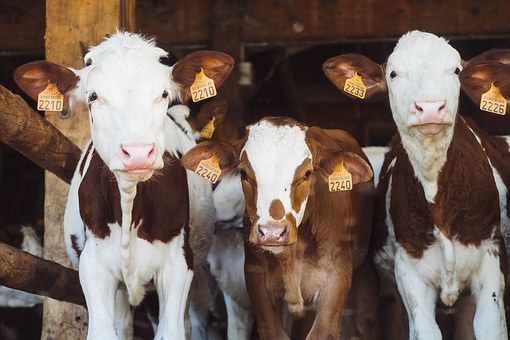
The majority of South Africa’s livestock is found in Limpopo and the Eastern Cape. Yet, more people in these provinces than anywhere else in South Africa go hungry and cannot afford basic life necessities. When Stellenbosch University’s Dr Cletos Mapiye and collaborators from the Agricultural Research Council, University of Fort Hare, University of Limpopo and University of Pretoria sought to find out why, they discovered that most smallholder livestock farmers earn on average just R1000 per month from selling cattle. A minority, however, earn enough to make a living, indicating that smallholder beef production systems can be improved.
Spurred on by this, Mapiye and his team identified three main areas that could help improve the value of smallholder livestock:
- produce greater amounts of better-quality meat by feeding cattle more nutritious locally available feeds
- sell more cattle by accessing high-value markets
- brand their meat products to appeal to consumers
“While these seem like sound recommendations, the reality of rural communal farming makes them difficult to enforce,” explains Dr Mapiye. “In the Eastern Cape, for example, the majority of livestock farmers sell their cattle privately rather than through formal markets like auctions or abattoirs. Poor diets, badly organised marketing groups and an inconsistent supply of high-quality cattle for formal markets remain major obstacles to selling cattle commercially,” he adds.
Similarly, smallholder farmers are unlikely to consistently produce cattle that conform to the stringent requirements for becoming a beef brand. However, the fact that they graze on natural pastures could be a selling point for consumers. Characterising beef as natural pasture-fed could, therefore, be a powerful marketing strategy without having to legally register a beef brand.
The team also agreed that communal feedlots are probably the simplest way to make smallholder cattle profitable, as they can double as central markets for local sales. “To improve these feedlots, we have compiled a database of feeds commonly used in the surveyed areas, and have formulated low-cost balanced diets,” says Dr Mapiye. Together with his team, the researchers, affiliated to the DST-NRF Centre of Excellence in Food Security and based at the various institutions across South Africa, are currently looking at the success of these diets for crossbred and Nguni cattle.
Increasing food access and income for the resource-poor smallholder farmers of South Africa has the potential to make beef production systems economically sustainable. The role of women in different communities will likely have a big influence on this, something that Mapiye is also looking into.
related Articles
CoE-FS students and staff meet UN Special Advisor on Africa
Graduates, grantees and a team member from the DSI-NRF Centre of Excellence in Food Security (CoE-FS) recently joined United Nations…
Unique food and nutrition journey
“Worcester was recently the location of a ‘learning journey’ where participants gained first-hand experience of challenges in the town’s food…
Researcher wants to give starchy pap a health makeover
While it’s by no means the sole culprit, as with all starchy, high-GI foods, pap has been linked with conditions…



